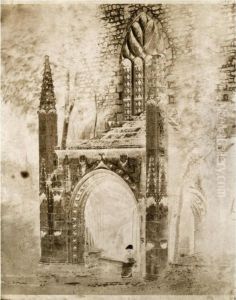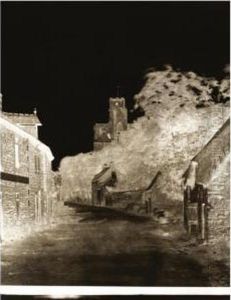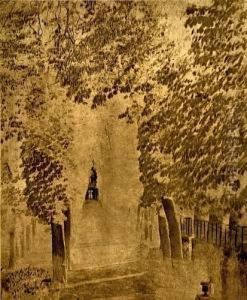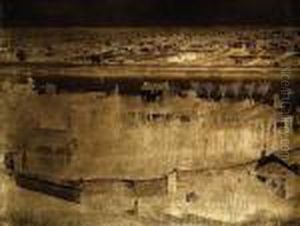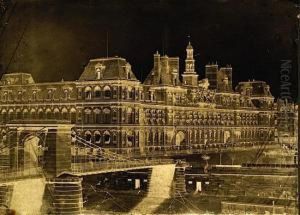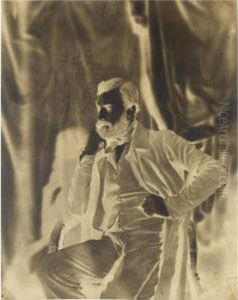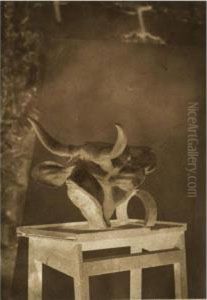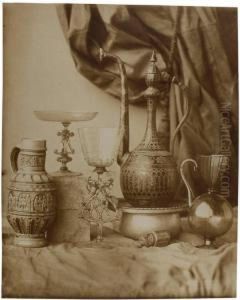Louis Remy Robert Paintings
Louis-Rémy Robert was a French photographer and porcelain painter, whose work and innovation in the field of photography, especially in the context of early photographic processes, marked a significant contribution to the visual arts during the 19th century. Born in 1811, Robert's career spanned a period of rapid development in photographic technology and artistic expression, making him a notable figure in the history of photography.
Initially trained as a painter, Robert's artistic journey took a pivotal turn with his engagement in the world of porcelain manufacturing at the prestigious Manufacture nationale de Sèvres, located near Paris. His work at Sèvres, starting from 1832, primarily involved painting and gilding porcelain, a craft that demanded precision and a delicate handling of materials and forms. However, it was his experimentation with photographic processes, particularly with the daguerreotype and later paper-based processes, that distinguished his career.
Robert was among the early adopters of the daguerreotype process, introduced by Louis Daguerre in 1839, which captured images on a silver-coated copper plate. Recognizing the potential of this new medium to reproduce the subtleties of porcelain designs and decorations, Robert began to use photography as a tool for documenting the works produced at the Sèvres factory. His photographs are considered some of the earliest examples of industrial and commercial photography. Beyond mere documentation, Robert's approach to photography was marked by an artistic sensitivity, often portraying his subjects with a keen eye for composition and lighting, qualities that reflected his background as a painter.
Throughout his career, Robert continued to innovate and explore the artistic possibilities of photography. He experimented with various photographic processes and techniques, contributing to the evolving discourse on photography as an art form during the 19th century. Notably, his works were exhibited in several important exhibitions, including the Great Exhibition in London in 1851, where his photographs received critical acclaim.
Louis-Rémy Robert died in 1882, leaving behind a legacy that not only encompasses his contributions to the world of porcelain manufacturing but also his pioneering work in photography. His photographs, particularly those of the Sèvres porcelain, remain valuable records of the exquisite craftsmanship of the time and are celebrated for their historical significance as well as their artistic merit. Robert's work is a testament to the interplay between art and technology, and his achievements continue to be studied and admired in the fields of both art history and photographic history.
